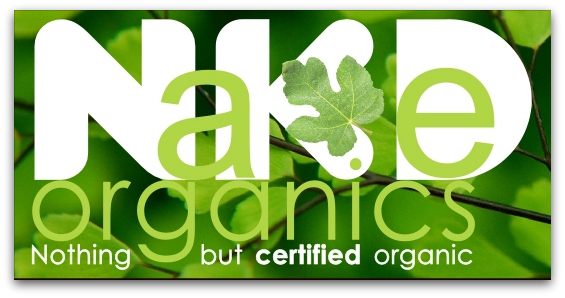|
|
www.moyoway.com |
Buy your Certified Organic |
|
|
CLICK FOR NAKED www.moyoway.com |
Moyo is an African origin word which implies that the
"heart and mind act as one to cultivate the spirit”
Physical processes to make organic makeup ingredients
>Home Page >>Organic Cosmetics >>> Organic Makeup Ingredients
Organic makeup ingredients started with the advent of industrial farming practices (early 1900's) that included extensive use of synthetic nitrogen fertilisers and synthetic pesticides.
However, a small group of ecologically sensitive farmers maintained the practice of Organic Farming.
Initially, these farmers where seen as a quirky few, but nowadays, the Organic Farming movement has made considerable strides and Organic food stores continue to capture significant market share.
What does all of this mean for you?
It means :
- that your products contain naturally derived chemicals
- you are not exposed to Genetically Modified ingredients
- your products do not come from destructive farming and production practices
- that the whole business of Organics puts you and your world before profit
Why should you support Organic products?
These are just a few of the reasons that we think are important :
- Less destruction to the planet
- Less focus on profit only by corporates
- Less synthetic chemicals into your body (all of which have unknown long term effects)
- Less pollution for you, your children and your world, in other words, leaving a better place for others when you move on
You can make a difference.
You don't have to carry a banner and protest in the streets. Your spending power, your choices and your attitude will make the difference. Supermarkets are acutely aware of which products move and which ones don't ... all you need to do is start to buy differently.
It is as simple as that.
Although a little off-topic, this article highlights a recent study by Stanford University that shows organic food reduces exposure to pesticides and antibiotic resistant bacteria.
Technical requirements to make an "Organic" cosmetic
If the above has motivated you enough to start making a difference, then there is no need to read the rest of this page. The rest of this page, and the subsequent pages focus on the technical aspects of organic makeup ingredients, practices and products :
- the criteria that determine organic entry and participation
- information on the main organic certification authorities
- products that are excluded (not allowed)
- packaging
- labelling
- and so on
Physical process that are allowed in organic makeup ingredients follow a prescribed set of rules to enforce organic compliance.
The following is Appendix 1 of COSMOS Organic Makeup Ingredients Standard.
The following criteria have been used to select these processes :
- processes which respect natural active substances that are present in ingredients.
- processes which encourage good waste management and energy use and take into account ecological balance.
Organic Makeup Ingredients must have all extractions with natural materials with any forms of water or with a third solvent of plant origin, such as:
- ethyl alcohol
- glycerine
- vegetable oils
- honey
- supercritical CO2 absorption (on an inert support that conforms to this Standard)
Absorption on an inert support conforming to this standard:
- BLEACHING - DEODORISATION (on an inert support conforming to this Standard)
- BLENDING
- CENTRIFUGING
- EXTRACTION
- PRESSURE
- DECOCTION
- DESICCATION - DRYING (progressive or not, by evaporation / natural under sun)
- DETERPENATION (if fractionated distillation with steam)
- DISTILLATION, EXPRESSION or EXTRACTION (steam)
- FILTRATION and PURIFICATION (ultra filtration, dialysis, crystallisation, ion exchange)
- FREEZING
- GRINDING
- INFUSION
- LYOPHILIZATION
- MACERATION
- MICROWAVE
- PERCOLATION
- ROASTING
- SETTLING AND DECANTING
- SIFTING
- SQUEEZING, CRUSHING
- STERILISATION BY MEANS OF UV
- STERILISATION WITH THERMAL TREATMENTS (according to a temperature respectful of the active substances)
- ULTRASOUND
- UV TREATMENTS
- VACUUM
Organic Makeup Ingredients (Back to Top)








